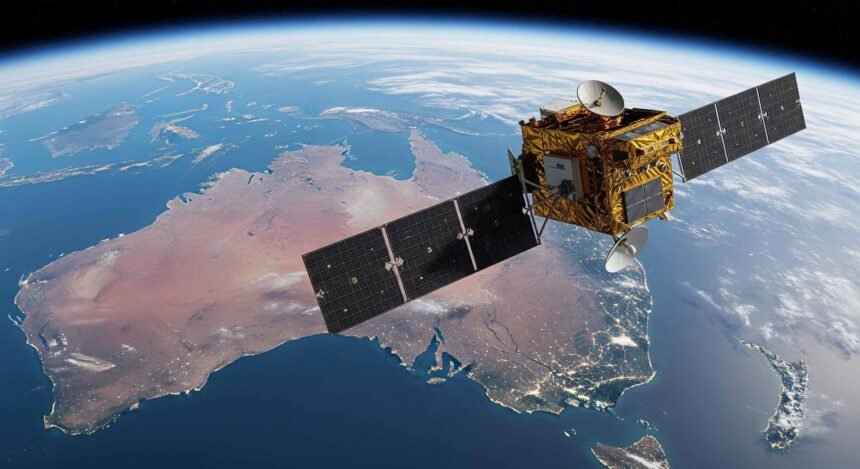Of course it just had to be a cat video – an orange cat at that.
NASA’s first high-definition streaming video sent via laser from deep space is a huge step towards vastly improving off world communications over great distances. On the 11th of December 2023, NASA’s Psyche spacecraft beamed a short, ultra-high definition cat video, 31 million kilometres back to Earth.
The Deep Space Optical Communications (DSOC) technology demo transmitted a 15-second looping video of ‘Taters’ the cat – via a flight laser transceiver. The video signal took 1 min 41 secs to reach Earth and it was sent at the system’s maximum bitrate of 267 Mbps. While the delay is long – once it starts – the data rate is much better than any Netflix video you’ll see back on this planet.
At 80 times the Earth-Moon distance, the transmission is a record. Laser communication is designed to transmit data from deep space at rates 10 to 100 times greater than the radio frequency systems currently used by deep space missions.
Capable of sending and receiving near-infrared signals, the flight laser transceiver beamed an encoded near-infrared laser to the Hale Telescope at Caltech’s Palomar Observatory in San Diego County, California. Each frame from the looping video was then sent “live” to NASA’s Jet Propulsion Laboratory in Southern California, where the video was played in real time.
“This accomplishment underscores our commitment to advancing optical communications as a key element to meeting our future data transmission needs,” said NASA Deputy Administrator Pam Melroy.
“Increasing our bandwidth is essential to achieving our future exploration and science goals, and we look forward to the continued advancement of this technology and the transformation of how we communicate during future interplanetary missions.”
The video of Taters was uploaded before the launch of the Psyche mission. Taters is the pet of a JPL employee. Aside from the joy of seeing Taters chase a laser pointer from 31 million kilometres, the overlayed graphics show Psyche’s orbital path, Palomar’s telescope dome, and technical information about the laser and its data bitrate. Tater’s heart rate, colour, and breed are also on display.
The Psyche spacecraft will travel to the main asteroid belt between Mars and Jupiter, sending high-data-rate signals from as far out as Mars’ greatest distance from Earth. This latest milestone comes after “first light” was achieved on 14th of November. On the 4th of December, downlink bitrates of 62.5 Mbps, 100 Mbps, and 267 Mbps were demonstrated. NASA downloaded a total of 1.3 terabits during that period. Compare that with 1.2 terabits from NASA’s Magellan mission to Venus between 1990 to 1994.
So remember this story. This is when the era of modern space streaming began.




